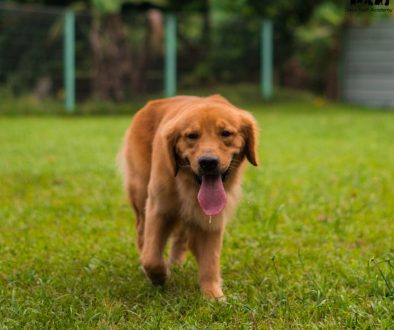What Causes a Dog to Attack?
Dogs rarely attack “out of nowhere.” Research shows there are usually clear factors behind aggressive behavior, often linked to fear, stress, or poor handling (Overall, Manual of Clinical Behavioral Medicine for Dogs and Cats, 2013). Some primary causes include:
- Fear or Anxiety: Dogs may bite if they feel trapped, startled, or unsafe (McGreevy and Thomson, The Science of Dog Training: A Behavioural Approach, 2013).
- Pain or Medical Issues: Illness or injury can trigger defensive aggression
- Lack of Socialization: Poor early exposure often leads to fear based reactions later in life
- Frustration or Overstimulation: Pent-up energy without physical or mental stimulation may spill over as aggression
- Territorial or Protective Instincts: Guarding their home, family, or perceived territory
- Poor Training or Handling: Harsh punishment, lack of boundaries, or inconsistent rules create confusion and reactivity (Pryor, Don’t Shoot the Dog! The New Art of Teaching and Training, 2002).
- Reinforcement At The Wrong Time: Owners often give attention (touch, eye contact, shouting) when a dog reacts aggressively. Even negative attention can reinforce the behavior and make it more likely to happen again.
Works Cited
McGreevy, Paul, and Alison Thomson. The Science of Dog Training: A Behavioural Approach. 2013.
Overall, Karen L. Manual of Clinical Behavioral Medicine for Dogs and Cats. Elsevier, 2013.
Pryor, Karen. Don’t Shoot the Dog! The New Art of Teaching and Training. Bantam, 2002.

